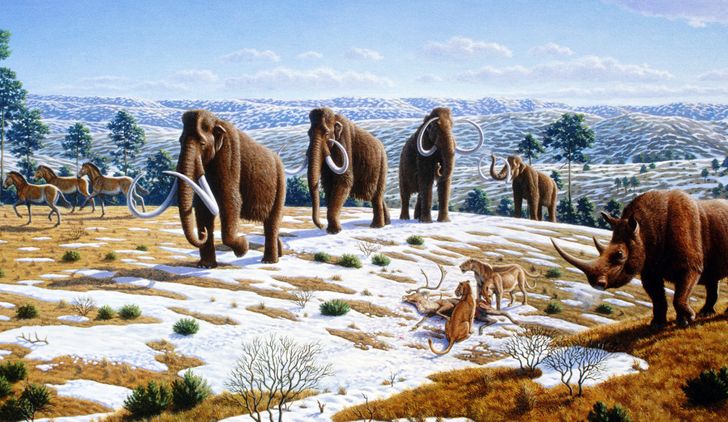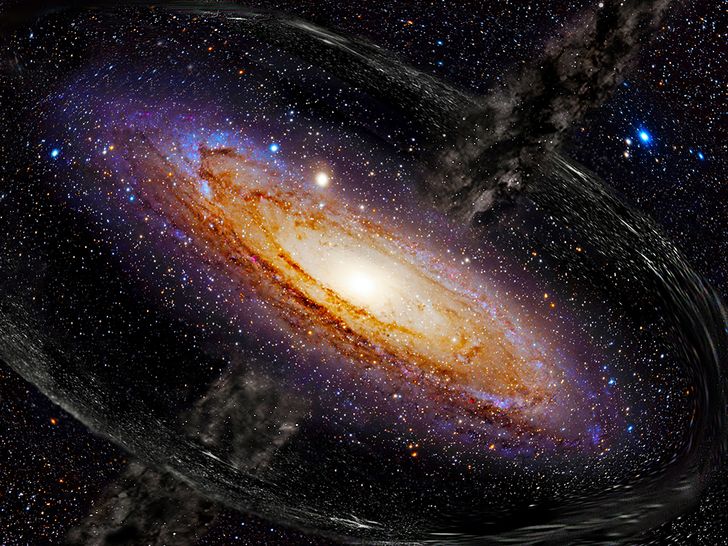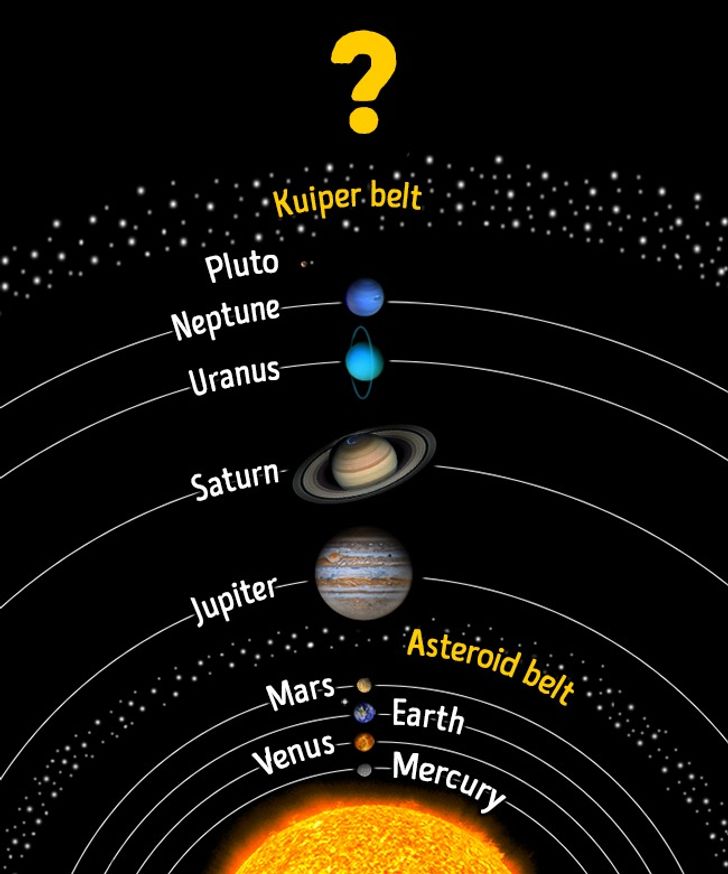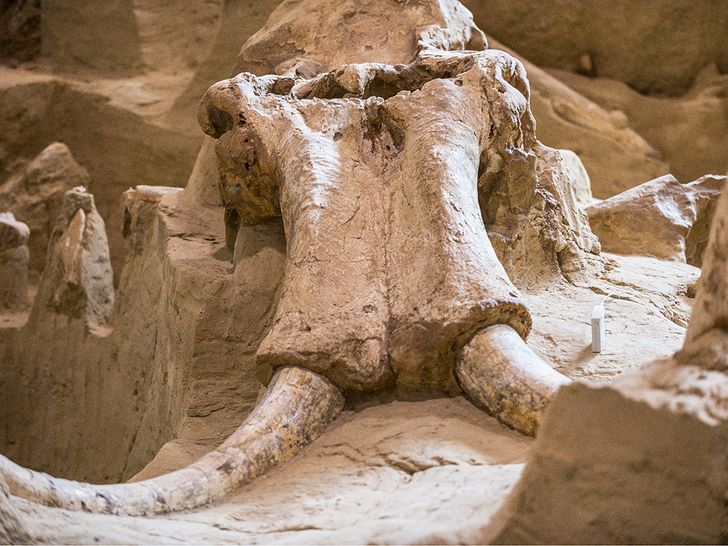Fr as no Zappa doreen
11 Surprising Mysteries Scientists Can’t Explain
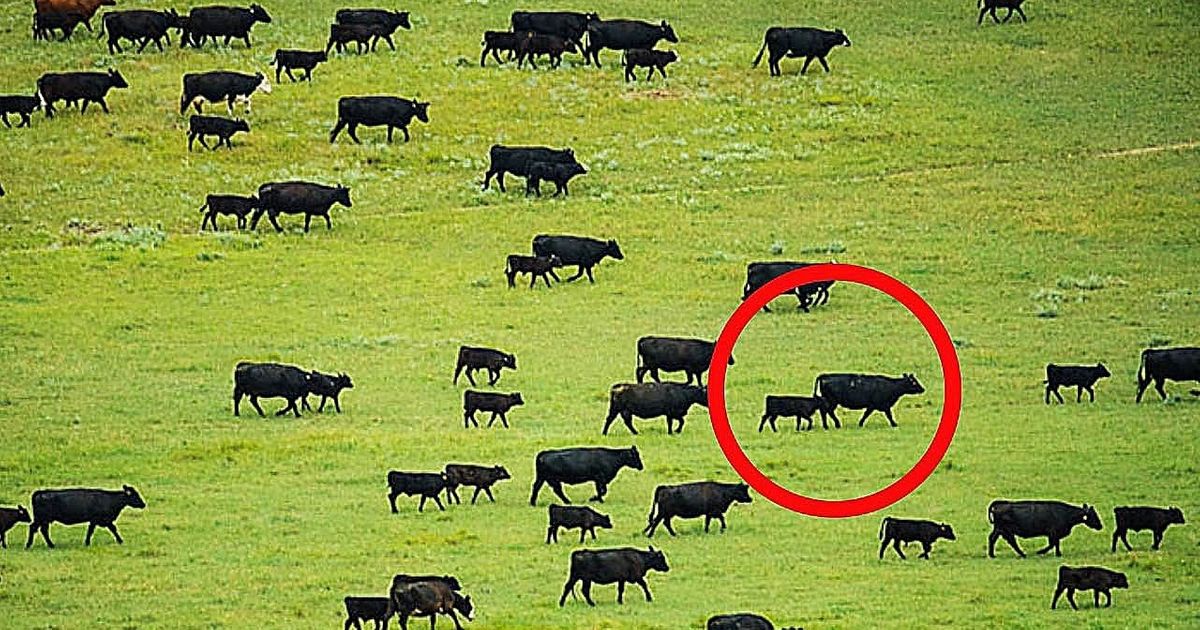
It seems scientists have already studied everything on our planet, but that’s not the case.
Bright Side collected 11 fascinating mysteries that have no rational explanation yet.
1. How do cats purr?
Cats purr when they feel happy, but no one knows how. When they purr, you don’t even hear their heart beating!
Scientists say cats make the vibrating sound with their vocal chords. Its frequency accelerates healing and reduces pain, which is why cats purr when they are stressed or hurt.
2. Where did some creatures come from?
Many species don’t have any ancestors. No one knows exactly when amphibians evolved from fish because the first land animals had well-developed limbs and heads.
It’s also said that dinosaurs became extinct after a natural cataclysm 65 million years ago. At the same time, species of mammals appeared from nowhere.
3. Do cows have a magnetic compass?
Using Google Earth, scientists studied thousands of grazing cows’ images and discovered a strange pattern. 70% of cows turn their heads to the north or south while eating or drinking. This is observed on all continents, regardless of terrain, weather, and other factors.
4. What was the "gelatinous" rain?
An unusual phenomenon occurred in Oakville, Washington, in August 1994. Instead of rain, jelly-like substances fell from the sky. The next day, dozens of people got flu-like symptoms.
Scientists analyzed the substance: it contained two types of bacteria, one of which is usually found in the human digestive system. They couldn’t find a connection between the bacteria and the mysterious epidemic.
5. What is dark matter?
About 27% of the universe is dark matter. It doesn’t emit or interact with electromagnetic radiation, so it’s impossible to detect it.
The first theories about dark matter appeared about 60 years ago, but scientists haven’t presented direct evidence of its existence yet.
6. How many planets are in the solar system?
Since Pluto was excluded as an official planet, it’s believed there are eight planets. The Kuiper belt beyond Pluto consists of icy objects. Scientists discovered thousands of objects in that area that are even bigger than Pluto.
They also noticed a large gap in the Kuiper belt — some unknown planet as big as Earth pulled all the stones from the belt to itself.
7. Why are people right-handed and left-handed?
Most humans (70% to 95%) are right-handed, and a minority (5% to 30%) are left-handed. An indeterminate number are ambidextrous.
Genes have an influence, but a "left-handed gene" isn’t identified. Social environments are also an influence: when left-handed kids are made to write with their right hand, some of them become right-handed.
8. Why did megafauna become extinct?
Giant animals, known as megafauna, disappeared about 10,000 years ago.
Some believe climate change killed the megafauna, but there is no strong evidence. According to another theory, the animals died due to starvation. Scientists in Alaska found preserved mammoths whose stomachs are full of undigested greens.
9. Why do we dream?
Some believe that dreams are random images and brain waves. Others consider them subconscious desires, unsolved problems, and experiences.
The study of dreams is called oneirology. Scientists claim that dreams symbolize something hidden deep in the human psyche, but no one knows what exactly.
10. What is the "space roar"?
While studying young stars in 2006, scientists suddenly heard mysterious roars. Although sound can’t travel through space, radio waves can. But where do they come from? The researchers only know that the waves didn’t belong to stars or known cosmic phenomena.
11. Why do we have different blood types?
There is a suggestion that they are related to diseases and immunity. People with type B blood are more susceptible to E. coli; people with type O blood are at less risk of dying from malaria.
Comments
It's obviously Jesus Christ (God)
2. Fossile records are very scrarce, we know a fraction of what did live in the past. So to know what ancestors some animals had is very hard.
8. Its believed to have been some sort of cataclysmic event, thats why the megafauna was extinct most likely. Its what the best and newest evidence seems to say.
Nothing to do with humans...
Something made the sea levels rise very fast, and thats probably what ”the great flood” was about...
so many ancient cultures that have the exact same story...
imagine if sea levels rose 40 meters in a very short time, there would be floods all over the world as the oceans came crashing down on the continents
the space voice are mysterious
Related Reads
12 Moments That Inspire Us to Stay Kind, Even If Life Feels Impossible

My BFF Invited Me to Her Baby Shower, It Turned Into My Worst Nightmare

My Mom Ignored Me for Years, Then Suddenly Begged Me for Help

16 Moments That Remind Us to Stay Kind Even If the World Turns Ice Cold

My Mom Tried to Force Me to Name My Baby After Her, the Truth Still Haunts Me

12 Stories That Prove Kindness Is Not Weakness, It’s Quiet Strength

My Family Says I’m Not a Real Mom Because of How My Baby Was Born

14 People Who Walked Straight Into Awkward Moments

15+ Raw Stories About Jealousy That Can Leave You Speechless

I Refused to Beg My DIL for Forgiveness—Then Suddenly She Needed Me

I Refuse to Obey My Pregnant DIL’s Demand to Turn a Merry Christmas Into a Vegan One

I Won’t Accept Unequal Treatment in the Family Business

